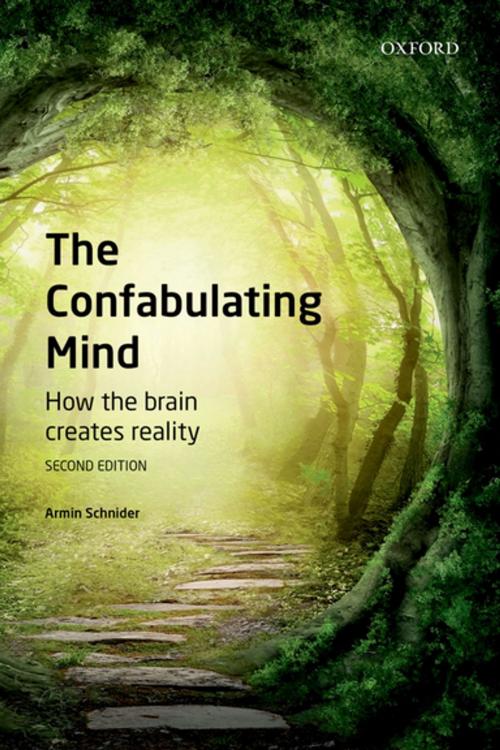The Confabulating Mind
How the Brain Creates Reality
Nonfiction, Health & Well Being, Medical, Specialties, Internal Medicine, Neuroscience, Science & Nature, Science, Psychology| Author: | Armin Schnider | ISBN: | 9780192506832 |
| Publisher: | OUP Oxford | Publication: | October 27, 2017 |
| Imprint: | OUP Oxford | Language: | English |
| Author: | Armin Schnider |
| ISBN: | 9780192506832 |
| Publisher: | OUP Oxford |
| Publication: | October 27, 2017 |
| Imprint: | OUP Oxford |
| Language: | English |
Confabulations are recitations of events and experiences that never happened, ranging from incorrect responses to questions to a blatant confusion of reality. The Confabulating Mind provides the most up-to-date account of the causes, anatomical basis, and mechanisms of the phenomenon of false memories. In this significant update on the first edition, the author analyses new and diverse examples of striking clinical cases, discusses children's sense of reality, and incorporates his research on a distinct form of confabulation that is characterized by a confusion of reality. The book also examines other forms such as déjà-vu, paramnesic misidentification, and anosognosia; looks at false memories as they occur in healthy people; and considers how the brain uses orbitofrontal reality filtering to create reality. By re-tracing the history of confabulations and integrating the latest insights into the mechanisms of confabulations, it summarises current interpretations of confabulations before making recommendations for future study. This book is important reading for neurologists, psychiatrists, neuropsychologists, cognitive neuroscientists, and other scientists and clinicians interested in the organization of memory and thought.
Confabulations are recitations of events and experiences that never happened, ranging from incorrect responses to questions to a blatant confusion of reality. The Confabulating Mind provides the most up-to-date account of the causes, anatomical basis, and mechanisms of the phenomenon of false memories. In this significant update on the first edition, the author analyses new and diverse examples of striking clinical cases, discusses children's sense of reality, and incorporates his research on a distinct form of confabulation that is characterized by a confusion of reality. The book also examines other forms such as déjà-vu, paramnesic misidentification, and anosognosia; looks at false memories as they occur in healthy people; and considers how the brain uses orbitofrontal reality filtering to create reality. By re-tracing the history of confabulations and integrating the latest insights into the mechanisms of confabulations, it summarises current interpretations of confabulations before making recommendations for future study. This book is important reading for neurologists, psychiatrists, neuropsychologists, cognitive neuroscientists, and other scientists and clinicians interested in the organization of memory and thought.















